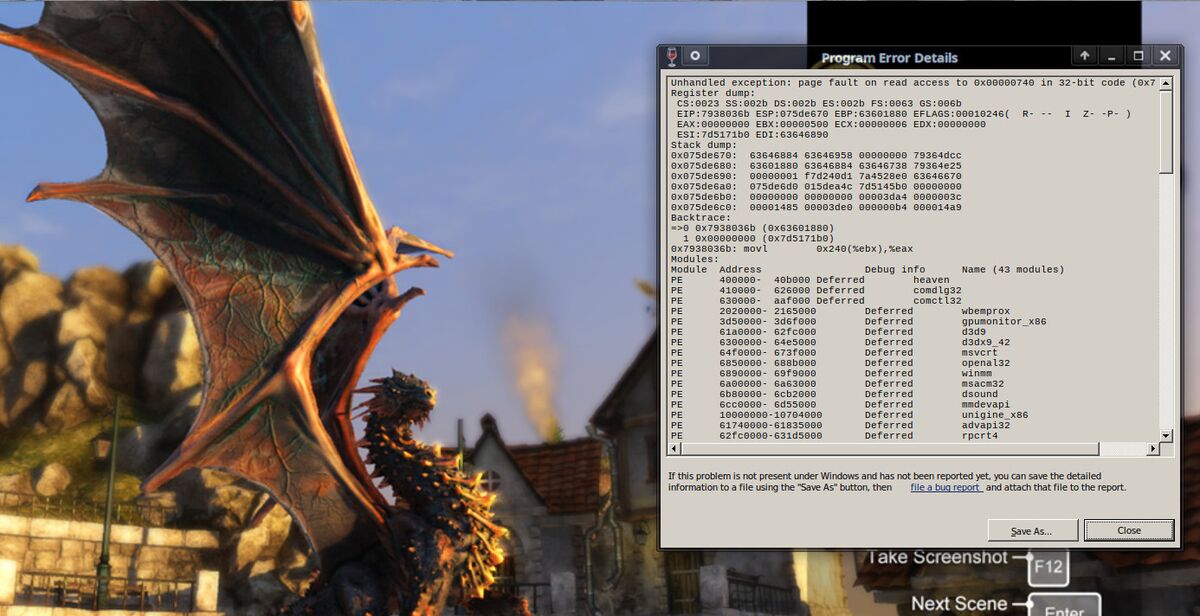Phoronix: Zink OpenGL-On-Vulkan Hits Another "Massively Improved Performance" Milestone
The Zink component to Mesa that provides a generic OpenGL implementation built atop the Vulkan API recently hit another "massively improved performance" milestone by Valve contractor Mike Blumenkrantz...
The Zink component to Mesa that provides a generic OpenGL implementation built atop the Vulkan API recently hit another "massively improved performance" milestone by Valve contractor Mike Blumenkrantz...





Comment